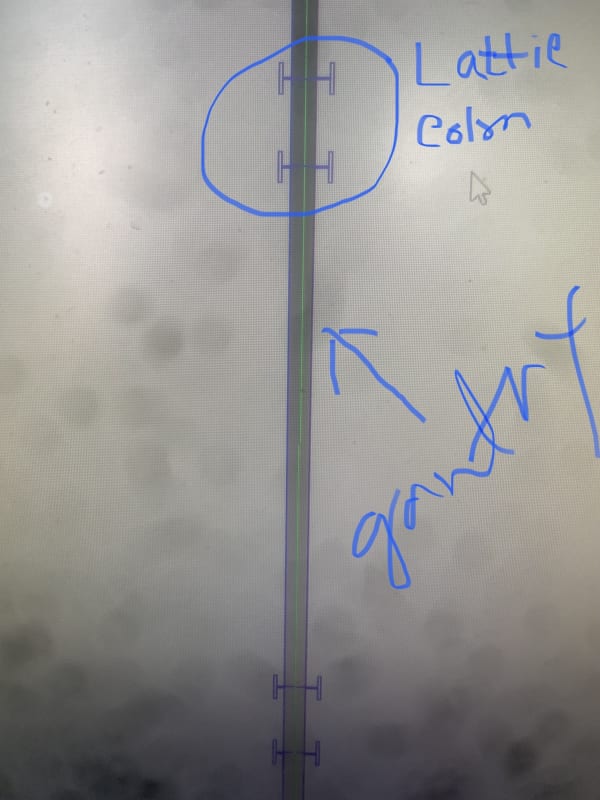Muminul
Civil/Environmental
- Jun 25, 2023
- 1

I am working on a project. I have read that lacing or lattice column acts combined. But i am curios when a column get loads and produce moment. Does this moment transfer equally on both the column? does this lattice column composed of 2 i section act as a Combined Column like bends equally due to crane reactions?
If so what should be the conncetion of two column and gantry to make them act combined?
